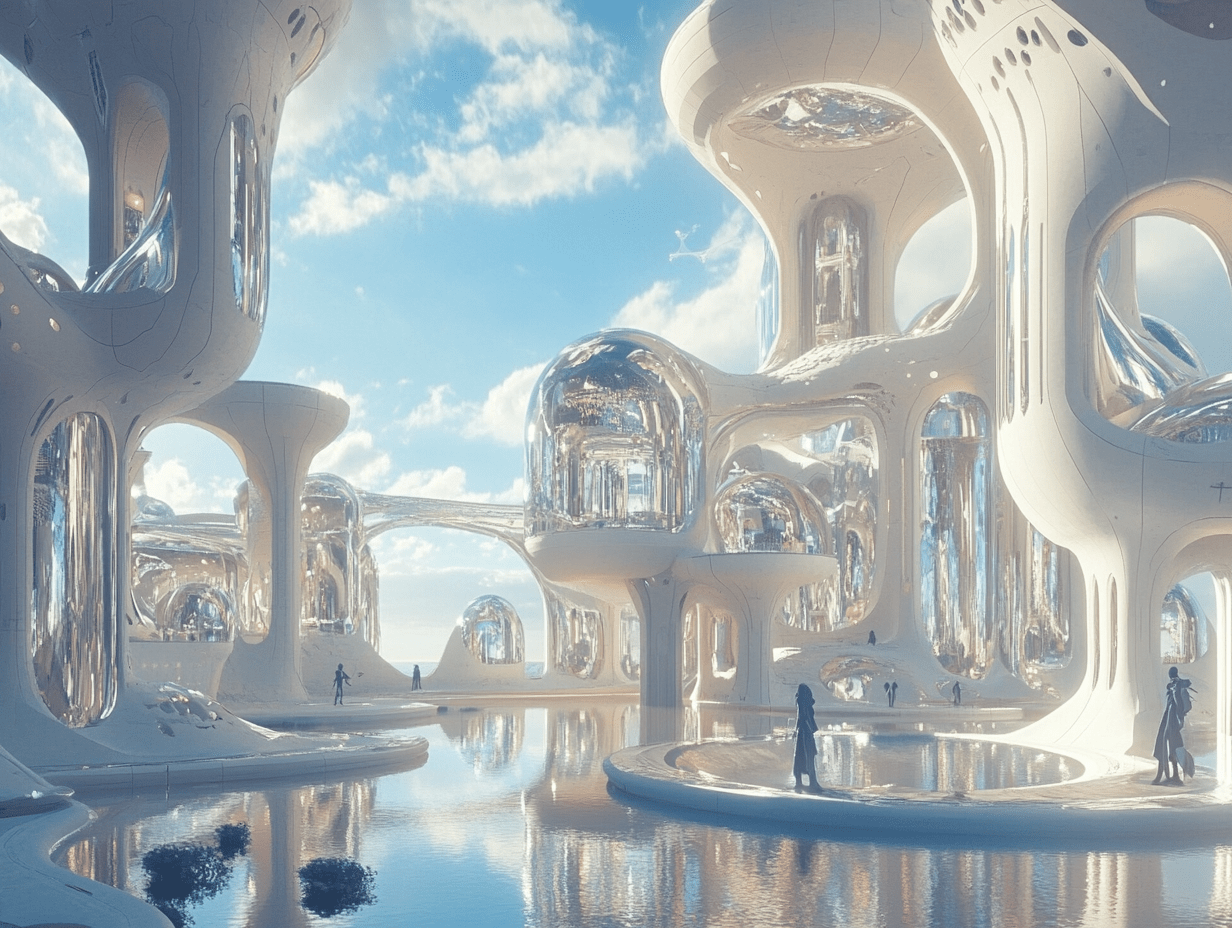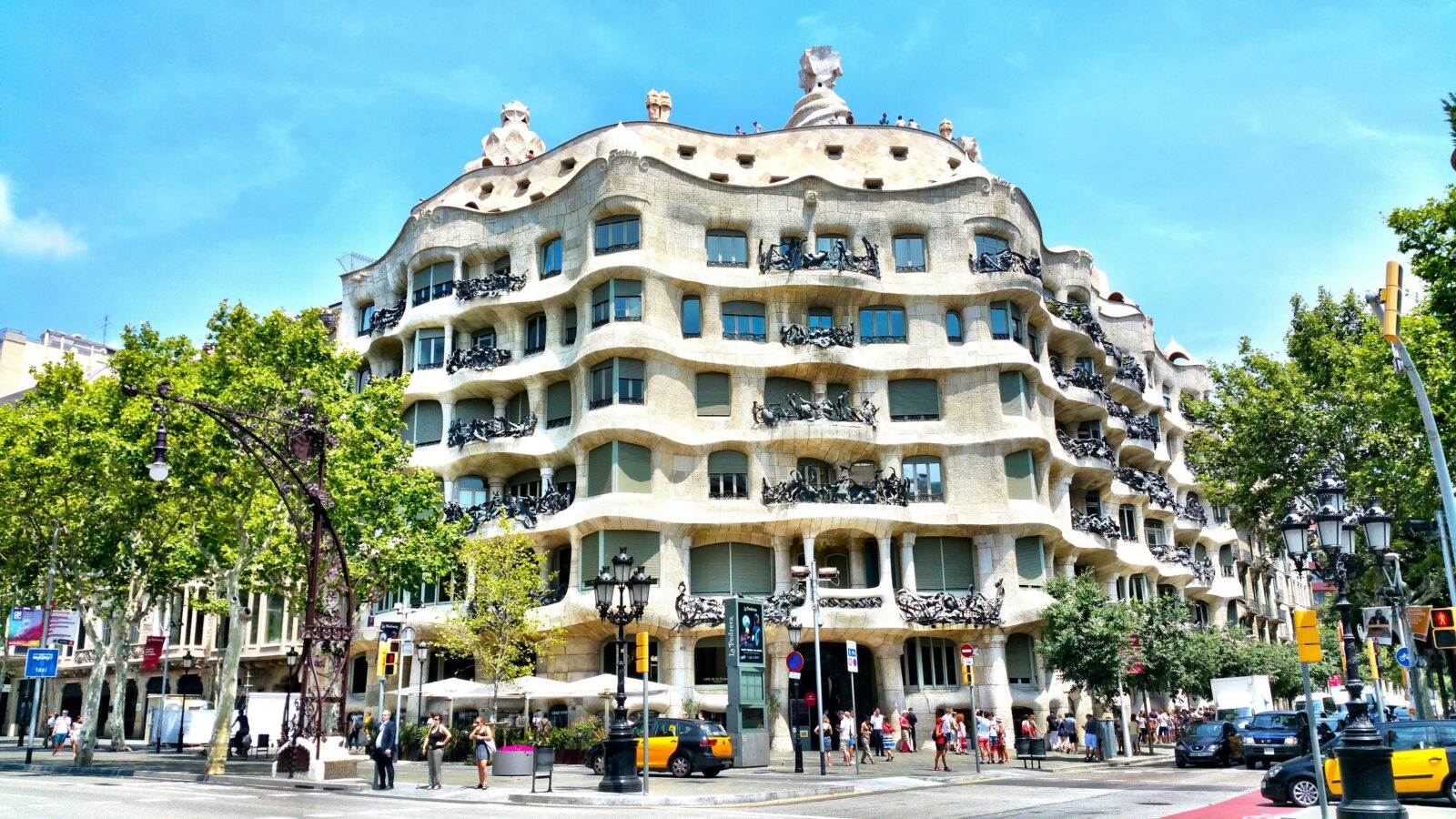- Home
- Articles
- Architectural Portfolio
- Architectral Presentation
- Inspirational Stories
- Architecture News
- Visualization
- BIM Industry
- Facade Design
- Parametric Design
- Career
- Landscape Architecture
- Construction
- Artificial Intelligence
- Sketching
- Design Softwares
- Diagrams
- Writing
- Architectural Tips
- Sustainability
- Courses
- Concept
- Technology
- History & Heritage
- Future of Architecture
- Guides & How-To
- Art & Culture
- Projects
- Interior Design
- Competitions
- Jobs
- Store
- Tools
- More
- Home
- Articles
- Architectural Portfolio
- Architectral Presentation
- Inspirational Stories
- Architecture News
- Visualization
- BIM Industry
- Facade Design
- Parametric Design
- Career
- Landscape Architecture
- Construction
- Artificial Intelligence
- Sketching
- Design Softwares
- Diagrams
- Writing
- Architectural Tips
- Sustainability
- Courses
- Concept
- Technology
- History & Heritage
- Future of Architecture
- Guides & How-To
- Art & Culture
- Projects
- Interior Design
- Competitions
- Jobs
- Store
- Tools
- More
Exploring How Architecture Transforms in the Metaverse Era
Discover how the metaverse is revolutionizing architecture, freeing designers from physical limits to create imaginative, digital spaces. Explore the role of virtual reality, blockchain, and digital twins in redefining spatial dynamics and architectural practices. Learn how innovations in the virtual realm are beginning to influence real-world architecture.

As we step into the boundless realm of the metaverse, architecture takes on an entirely new dimension. No longer confined by physical limits, architects and designers are free to reimagine spaces that defy gravity and logic. This digital frontier allows us to explore innovative structures that blend art and technology, creating immersive experiences beyond our wildest dreams.
In the metaverse, the rules of traditional architecture are rewritten. We have the opportunity to craft environments that cater to our imagination, offering unparalleled creativity and flexibility. From cities with floating architecture to interactive landscapes, the possibilities are endless. As we embrace this virtual evolution, we must consider how these digital spaces impact our perception of design and functionality.
The transformation of architecture in the metaverse challenges us to think differently about space and form. It invites us to explore how virtual environments can enhance our lives and redefine our understanding of what architecture can be.

Table of Contents
ToggleUnderstanding the Metaverse
The metaverse emerges as a digital universe where users interact in a virtual environment. It’s not just a single platform; it’s a network of interoperable spaces powered by augmented reality (AR) and virtual reality (VR). Our experiences shift as we traverse these interconnected realms, offering endless possibilities for communication, commerce, and creativity.
In the metaverse, social interactions enhance as users adopt digital personas or avatars, facilitating engagement in ways traditional media can’t. Users participate in virtual events, collaborate on projects, and even create art—all within immersive settings that mimic or defy real-world physics.
Economic opportunities abound within the metaverse. Virtual marketplaces flourish as users buy, sell, and trade digital assets like NFTs (Non-Fungible Tokens) and cryptocurrencies. These transactions redefine ownership and value, enabling individuals to monetize virtual creations and experiences.
Technological advancements drive metaverse development. Hardware innovations in VR headsets, combined with software capabilities in 3D rendering, create seamless virtual experiences. As computing power increases, virtual spaces become more detailed, interactive, and realistic.
Overall, the metaverse represents a paradigm shift in how we perceive digital environments. It’s an expansive frontier that redefines social, economic, and technological boundaries, paving the way for creativity without limits.
The Role of Architecture in the Metaverse
Architecture plays a pivotal role in shaping the metaverse, influencing how users interact within these virtual spaces.
Virtual World Building
In the metaverse, virtual world building involves crafting digital environments where architectural creativity knows no bounds. Architects design sprawling cities, experimental landscapes, and fantastical structures, leveraging virtual tools to materialize their most ambitious creations. With advanced 3D modeling software, architecture firms manage to simulate and test scenarios impossible in the physical world, such as modular constructions that adapt to user preferences. These virtual landscapes, more interactive than physical ones, encourage exploration and discovery, redefining user experiences.
Digital Twin Concepts
Digital twins offer a revolutionary approach by creating exact virtual replicas of real-world structures. In the metaverse, these replicas enable architects and engineers to reimagine urban planning, maintenance, and sustainability efforts. By utilizing real-time data, digital twins provide insights into structural efficiency, environmental impact, and resource allocation. Users experience these datasets as immersive, interactive models, leading to enhanced decision-making processes. Through the replication of existing environments, communities engage more deeply with their surroundings, understanding the dynamics of space and structure on a new level.

Design Principles for Virtual Spaces
In the metaverse, design principles take on new dimensions, merging creativity with technology to craft immersive spaces. These principles guide architects and designers in reimagining how we interact with virtual environments.
Functionality and Usability
When designing virtual spaces, ensuring functionality is essential to enable seamless interaction. We focus on intuitive layouts, making navigation straightforward. Integrating user-friendly interfaces enhances the overall experience, accommodating diverse needs and accessibility requirements. By optimizing for different devices, from VR headsets to desktop screens, we ensure universal accessibility and usability.
Aesthetics and Visual Appeal
Aesthetics play a critical role in setting the tone and mood of virtual environments. We leverage vibrant color palettes and dynamic textures to stimulate user engagement. Employing advanced rendering techniques adds depth and realism, creating visually captivating experiences. By balancing aesthetics with functionality, we create harmonious spaces that captivate users without overwhelming them.
Technology Driving Architectural Transformation
Technology plays a crucial role in transforming architecture within the metaverse, providing architects and designers with innovative tools and methods. In this section, we examine the influence of virtual reality, augmented reality, blockchain, and smart contracts.
Virtual Reality and Augmented Reality
Virtual reality (VR) and augmented reality (AR) redefine architectural possibilities by creating immersive experiences. We see VR offering fully digital environments where users interact with architectural designs in real-time, enabling architects to simulate and experiment without physical limitations. AR complements these interactions by overlaying digital structures onto real-world settings, helping architects visualize how proposed designs integrate with existing environments. Together, VR and AR enrich design processes, allowing for detailed previews and iterative adjustments, ultimately leading to more informed and creative architectural solutions.
Blockchain and Smart Contracts
Blockchain technology and smart contracts revolutionize architectural practices by ensuring transparency and efficiency. We understand that blockchain offers a secure ledger system for tracking ownership and transactions of digital assets, including architectural designs and virtual properties. This decentralized approach enhances trust and reduces the risk of fraud in virtual real estate transactions. Smart contracts automate agreements between stakeholders, instantly executing terms once predefined conditions are met. This minimizes the need for intermediaries, streamlining processes for architects and clients. By leveraging blockchain and smart contracts, architectural practices in the metaverse become more secure, transparent, and efficient, fostering greater collaboration and innovation.

Challenges and Opportunities
In the metaverse, architecture faces unique challenges but also unprecedented opportunities as it adapts to a fully digital context.
Limitations of Current Technology
Current technology imposes certain limitations on metaverse architecture. Bandwidth constraints restrict the delivery of high-fidelity graphics, affecting the realism of virtual environments. Hardware limitations in VR headsets and AR devices lead to user discomfort, hindering prolonged immersive experiences. Interoperability issues arise from diverse platforms, complicating the seamless transition between virtual spaces. Despite advancements, achieving hyper-realistic user interfaces and interaction models still presents challenges due to the evolving nature of VR and AR technologies.
Potential for Innovation
The metaverse offers boundless innovation potential for architects. Freed from physical limitations, architectural designs can defy gravity, incorporating elements like floating structures and dynamic landscapes. Real-time data and AI enhance personalization, enabling architects to craft environments tailored to individual preferences. The use of blockchain guarantees secure asset management, ensuring transparent transactions and ownership rights. With advanced rendering, designers create visually stunning worlds, pushing the aesthetics of architecture beyond traditional boundaries. As technology evolves, so too does the scope for creating interactive, adaptive spaces that redefine architectural norms.

Impact on Real-World Architecture
Architectural practices in the metaverse aren’t confined to the digital realm; they’re reshaping tangible architecture. This fusion of realities presents new possibilities and challenges for real-world design.
Blurring Lines Between Physical and Virtual
As architects create digital environments, these innovations start influencing our physical spaces. We see concepts from virtual worlds, like fluid forms and interactive elements, transplanted into physical architecture. This crossover encourages architects to experiment with designs that incorporate dynamic elements and user interactions, blurring the line between what’s possible in digital and real-world spaces.
Changing Architectural Practices
The metaverse prompts a reevaluation of architectural processes. Traditional design stages adapt to include digital twin models and real-time data analytics. We now see collaboration across global teams made easier through virtual platforms, enhancing creativity and efficiency in project delivery. As architecture integrates virtual design principles and tools, our practices evolve, blending digital fluency with real-world sensibilities.
Conclusion
In the metaverse, architecture experiences a remarkable transformation, liberated from physical constraints. By embracing digital worlds, architects and designers create innovative spaces like floating cities and interactive landscapes, challenging traditional architectural norms. These virtual environments influence our perception, prompting us to rethink design and use.
User interactions redefine architecture in the metaverse. Virtual world building and digital twins enhance our understanding of spatial dynamics, while design principles guide the creation of immersive, user-friendly spaces. Technological advancements empower secure and transparent architectural practices, facilitating collaboration.
Challenges such as bandwidth, interoperability, and hardware issues persist. However, the metaverse’s transformative power lies in its potential for innovation, enabling adaptive, data-driven spaces. As technology evolves, architectural norms are redefined, merging digital creativity with real-world sensibilities.
Submit your architectural projects
Follow these steps for submission your project. Submission FormLatest Posts
The Ultimate Guide to Fencing in North Dakota: Choosing the Best Fence for Your Property
Watching a chain link fence twist in 70 mph winds near Minot...
Gaudí: Where Architecture Meets Science
Gaudí: Where Architecture Meets Science shows catenary arches, ruled surfaces, and biomimicry...
How Housing Market Forces Shape Architectural Design Today
Architecture never exists in isolation. Buildings rise from a mix of ambition,...
Why Portable Formaldehyde Gas Detectors Matter on Construction Sites
As construction practices shift toward more enclosed and material-intensive environments, the risk...












Leave a comment